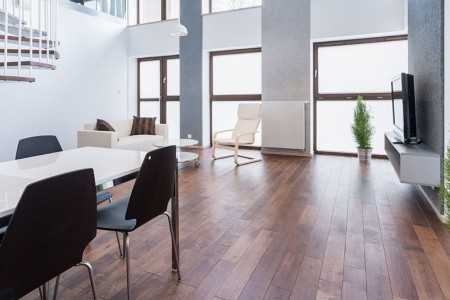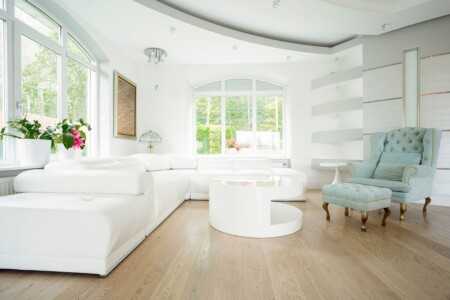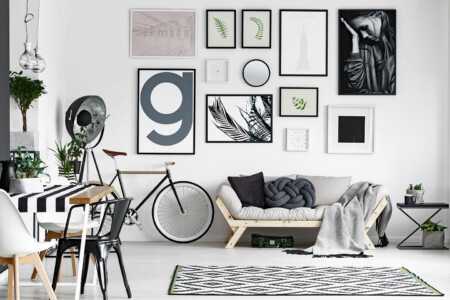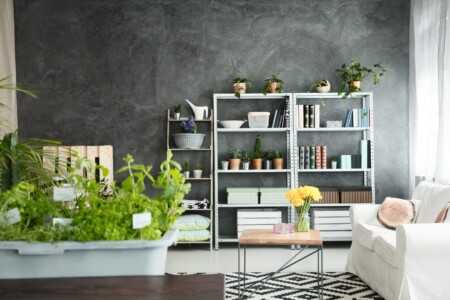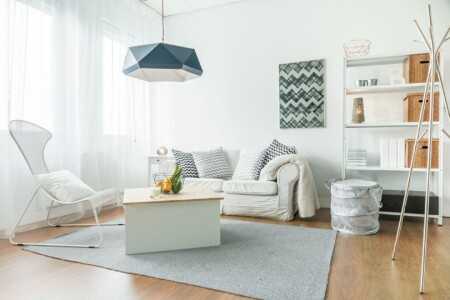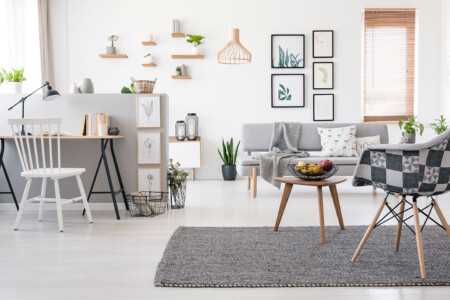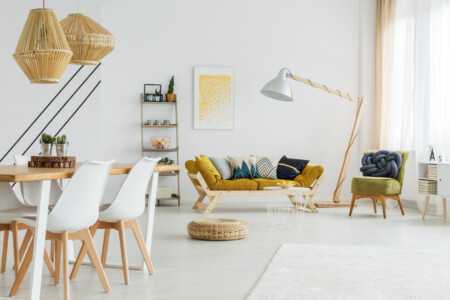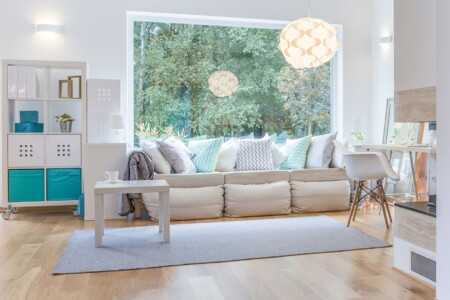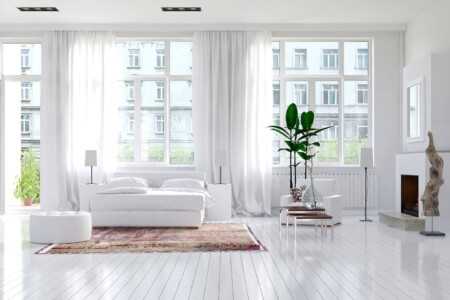Could this 3 persons 1-room studio in Hurghada Mubarak 2 meet the needs of families with blended families?

Assessing the suitability of a 3-person, 1-room studio in Hurghada Mubarak 2 for blended families
When considering living arrangements for blended families, especially in vibrant locations like Hurghada Mubarak 2, it’s important to evaluate whether a compact living space such as a 3-person, 1-room studio can adequately meet the diverse needs of family members. Blended families often come with unique spatial requirements, emotional dynamics, and lifestyle preferences that influence the suitability of any housing option.
Understanding the dynamics of blended families
Blended families typically consist of parents and children from previous relationships, resulting in a household that can include step-siblings, half-siblings, and sometimes extended family members. In such setups, each individual’s need for privacy, personal space, and comfort becomes crucial. Privacy is particularly important to minimize conflicts and foster a harmonious living environment.
In a one-room studio designed to accommodate three people, privacy is inherently limited due to the absence of separate bedrooms or designated private areas. This makes it essential to carefully assess whether this type of accommodation aligns with the comfort and space expectations of the family members involved.
Space and layout considerations
A 1-room studio generally combines sleeping, living, and dining areas into a single open plan. For three people, typical layouts include a main area set up with a sofa bed or multiple beds and perhaps a small kitchenette. While efficient in terms of space utilization, it can also feel cramped, especially over extended periods.
- Sleeping arrangements: The main challenge is ensuring each person has a designated sleeping space without infringing on others’ comfort.
- Storage: Blended families might generate more belongings due to the number of family members, necessitating smart storage solutions.
- Shared living spaces: Cooking, relaxing, and socializing all happen in the same room, which can strain daily routines.
Privacy and personal space needs
Privacy can be a significant concern in a 1-room studio, particularly for families that include children in different age groups or adults who require quiet work or study areas. Without physical partitions, creating separate zones requires creative solutions such as folding screens, curtains, or multifunctional furniture.
Since Hurghada Mubarak 2 is a sought-after area, some studios might be more thoughtfully designed with built-in features that help maximize privacy. However, viewers should directly inspect the floor plan and attempt to visualize day-to-day living to judge whether the setup is manageable. If family members desire personal sanctuaries, a studio might fall short without adaptations.
Financial considerations and location benefits
A 3-person, 1-room studio is likely more financially accessible than multi-bedroom apartments or houses in Hurghada Mubarak 2. This affordability may appeal to blended families trying to balance budgets while enjoying vibrant local amenities, such as beaches, markets, and entertainment.
Location contributes significantly to the lifestyle and cohesion of blended families. Hurghada Mubarak 2 offers proximity to schools, healthcare, and public transportation, which can ease the logistical burdens for parents managing different schedules and activities.
Practical strategies to maximize studio living for families
If a blended family decides to embrace a 3-person studio in Hurghada Mubarak 2, some practical strategies can help improve everyday living:
- Room dividers: Use folding screens or curtains to segment areas for privacy and designated functions.
- Multi-functional furniture: Consider beds with storage drawers, fold-out tables, and sofas that convert into beds.
- Storage solutions: Vertical shelves, under-bed storage containers, and hooks can help keep clutter minimized and spaces organized.
- Designated schedules: Establish times for privatized activities, reducing potential conflicts in a shared space.
With thoughtful planning and clear communication, it is possible to create a comfortable home environment in a small studio despite the challenges usually associated with limited space.
Reflecting on suitability
For small blended families, especially those with younger children who can comfortably share sleeping areas, a 3-person, 1-room studio in Hurghada Mubarak 2 can be a practical and economically sound choice. Its location advantages enhance daily convenience, and by strategically adapting the space, families can meet essential needs.
However, for larger blended families or those needing more space and privacy, this studio setup could be restrictive and may lead to tension over time, negatively impacting family dynamics. In such cases, exploring larger units with multiple rooms may provide a better balance of affordability and comfort.
Ultimately, assessing the suitability depends on the specific circumstances, habits, and personalities of the family members. Visiting the property, envisioning daily routines, and evaluating long-term needs are critical steps before committing to a studio of this size.
Practical living solutions and space optimization for blended families in compact housing settings
Maximizing space in compact living environments
Living in a compact housing setting presents unique challenges, especially for blended families who require adaptable and functional spaces. Practical living solutions are essential when every square meter counts. The key lies in smart space optimization that supports both privacy and communal living. Flexible furniture and multi-use areas become indispensable, allowing various family members to coexist comfortably despite limited room.
Within a small studio or one-room apartment, such as those often found in vibrant urban areas or resort towns, blending personal needs with shared living demands creativity and planning. This often means rethinking the traditional layout and introducing elements like fold-away beds, modular seating, and movable partitions. Such choices enable families to transform a single space to meet the needs of different activities—from sleeping and studying to dining and relaxing.
Designing for privacy without sacrificing togetherness
Privacy is a significant concern when multiple family members, particularly in blended family scenarios, share a single compact space. Creating visual and acoustic boundaries is possible even in limited areas through clever use of design elements. Room dividers made from light materials, curtains, and shelving units can gently separate spaces without permanently shutting off sections of the room. These solutions provide personalized zones and reduce distractions, helping family members feel respected and secure.
Equally important is the emphasis on togetherness. Shared spaces that encourage interaction, such as a well-defined dining corner or common lounging area, foster bonding and a sense of unity. Combining practical furniture with cozy communal areas allows blended families to thrive despite space limitations, maintaining both connection and comfort.
Efficient storage as a foundation for organization
In compact settings, clutter can quickly overwhelm the available space, increasing stress and reducing quality of life. Prioritizing storage solutions that make use of vertical and underutilized areas is essential. For example, floor-to-ceiling shelving, under-bed drawers, and wall-mounted organizers keep belongings orderly and accessible without encroaching on living space.
Tailored storage designs that accommodate the varied needs of blended family members—such as separate bins or labeled compartments—help maintain order and promote responsibility. Keeping the living environment clean and organized directly contributes to a harmonious household atmosphere, making compact living more manageable and enjoyable.
Creating zones that adapt to changing needs
Practical living solutions extend beyond static layouts. As families evolve, the use of space must evolve too. Flexible zones that can shift function throughout the day or week are particularly beneficial for blended families who juggle different schedules and routines.
Implementing foldable tables, stackable chairs, and convertible sleeping arrangements lets families maximize limited square footage. These adaptable zones support activities ranging from homework sessions and work meetings to family movie nights, ensuring that the home environment consistently meets the needs of all members.
Technology and lighting considerations
Integrating technology into compact living solutions enhances functionality and comfort. Smart lighting systems that adjust brightness and color temperature help regulate moods and activities. For instance, brighter, cooler lighting supports focus during study or work, while warm, dimmable lights create a calming ambiance for evenings.
Additionally, powered charging stations, wall-mounted screens, and wireless solutions reduce clutter and make shared use of devices easier. Thoughtful planning around these elements contributes to a more enjoyable and efficient living space.
Practical tips for everyday living
- Prioritize Multi-functionality: Choose furniture items that serve more than one purpose, such as sofa beds or storage ottomans.
- Encourage Rotating Use of Shared Areas: Schedule common areas usage to ensure everyone can enjoy space comfortably.
- Utilize Vertical Space: Install hooks, wall shelves, and overhead storage to free up floor room.
- Invest in Personal Storage: Provide each family member with individual storage bins or lockers to help maintain personal order.
- Designate Quiet Zones: Carve out small areas for focused activities using room dividers or sound-absorbing panels.
By applying these strategies, blended families living in compact housing settings can navigate the constraints of limited space while promoting a supportive and functional home environment. Practical design, thoughtful organization, and adaptability turn challenges into opportunities for connection and comfort within every square meter.
Summary of key points
When considering a 3-person, 1-room studio in Hurghada Mubarak 2 for blended families, it’s clear that such a living space presents both challenges and opportunities. The limited square footage requires thoughtful planning to meet the unique needs of families blending different age groups and individual routines. By prioritizing multifunctional furniture and smart storage solutions, families can make the most out of this compact living environment. Space optimization becomes essential, encouraging creativity in organizing daily activities, privacy zones, and shared areas.
Blended families often need flexible spaces that can adapt to changing dynamics—a feature that can be surprisingly achievable even within a single-room studio if approached strategically. Utilizing vertical storage, foldable furnishings, and designated personal corners can help each family member feel they have their own space, which supports harmony and ease in shared living conditions. Moreover, effective use of common areas promotes interaction and bonding, which is vital in forming strong, blended family connections.
Ultimately, a 3-person, 1-room studio in Hurghada Mubarak 2 can meet the needs of blended families, especially when paired with a willingness to adapt daily routines and emphasize efficient use of every inch of space. While it requires creative solutions and some compromises, such a studio can provide both functional and comfortable living for families who prioritize togetherness within a modest footprint. This approach not only maximizes available housing options but also fosters a closer family dynamic in a vibrant, accessible community setting.

